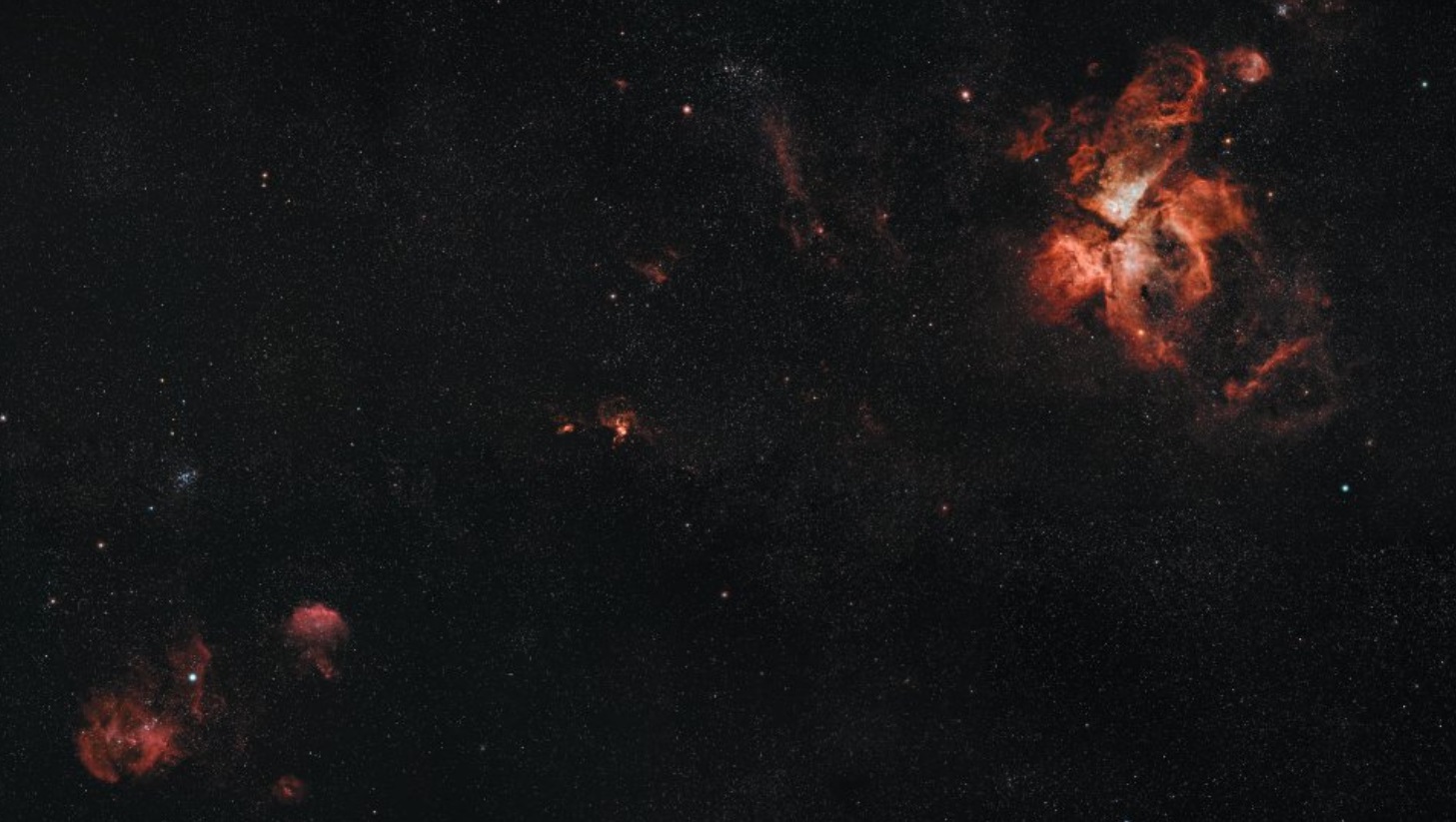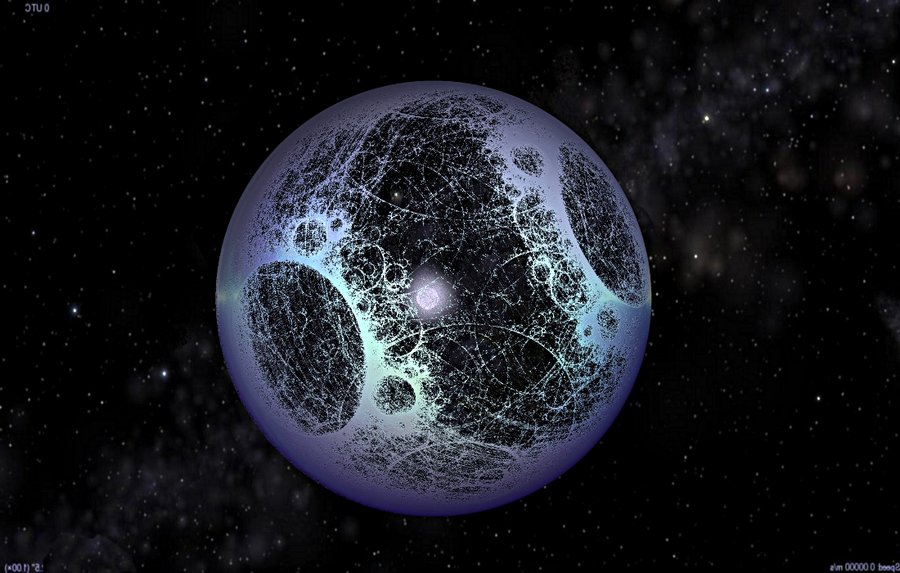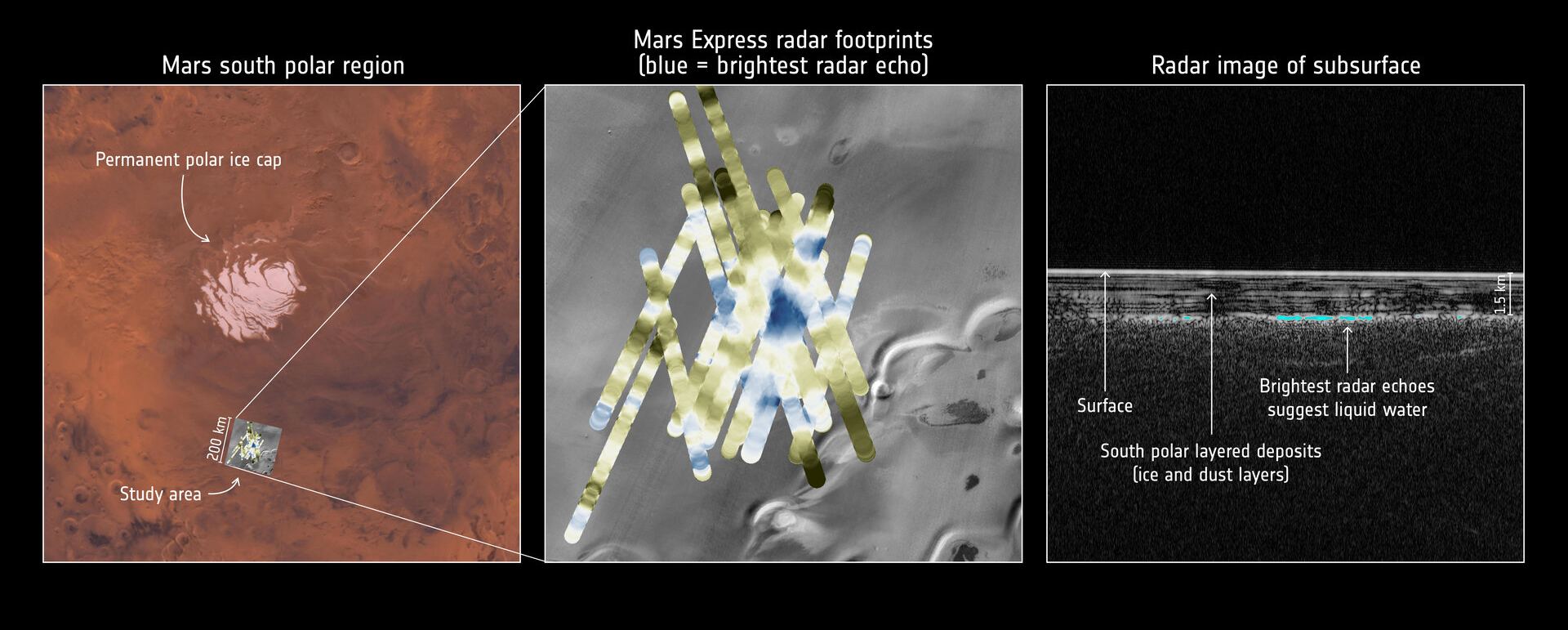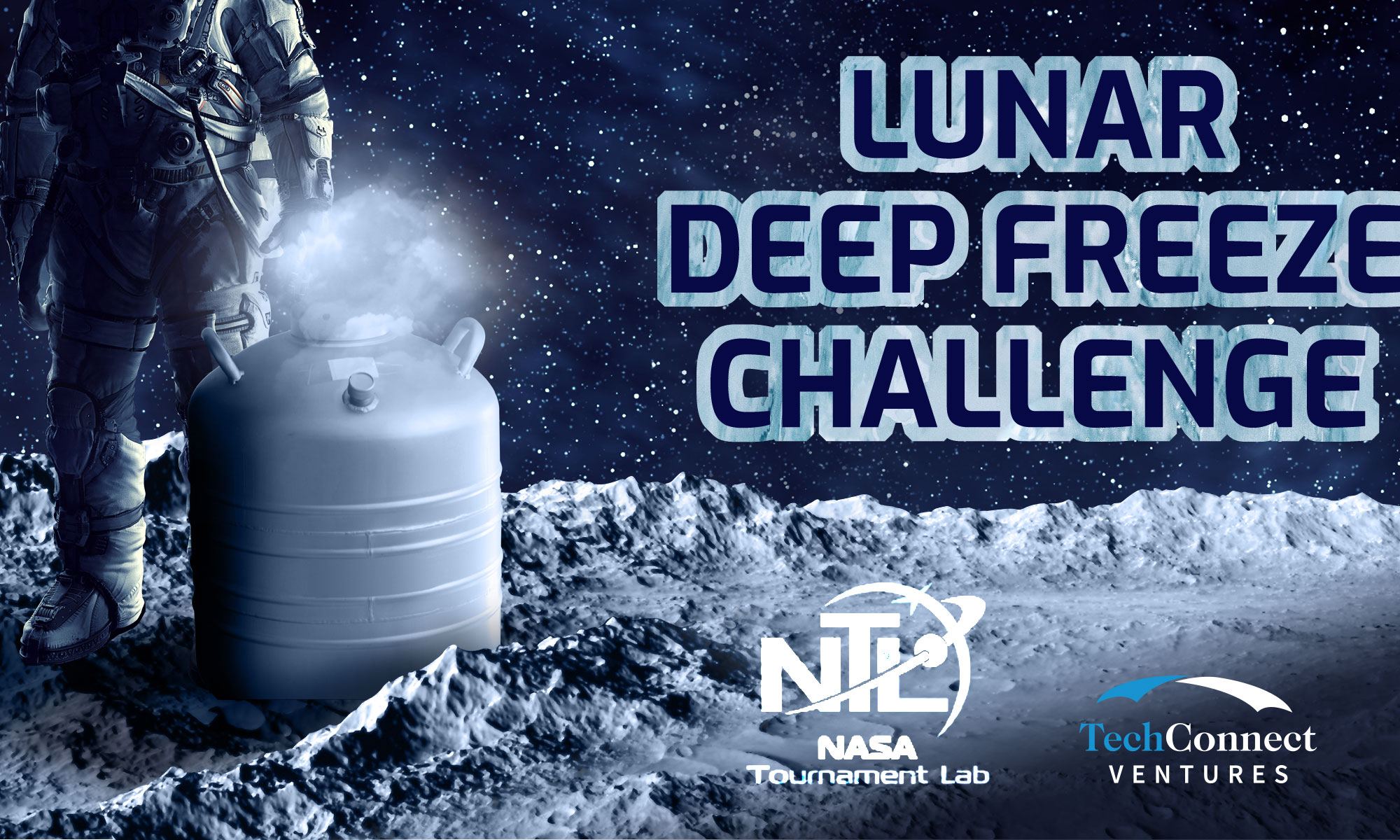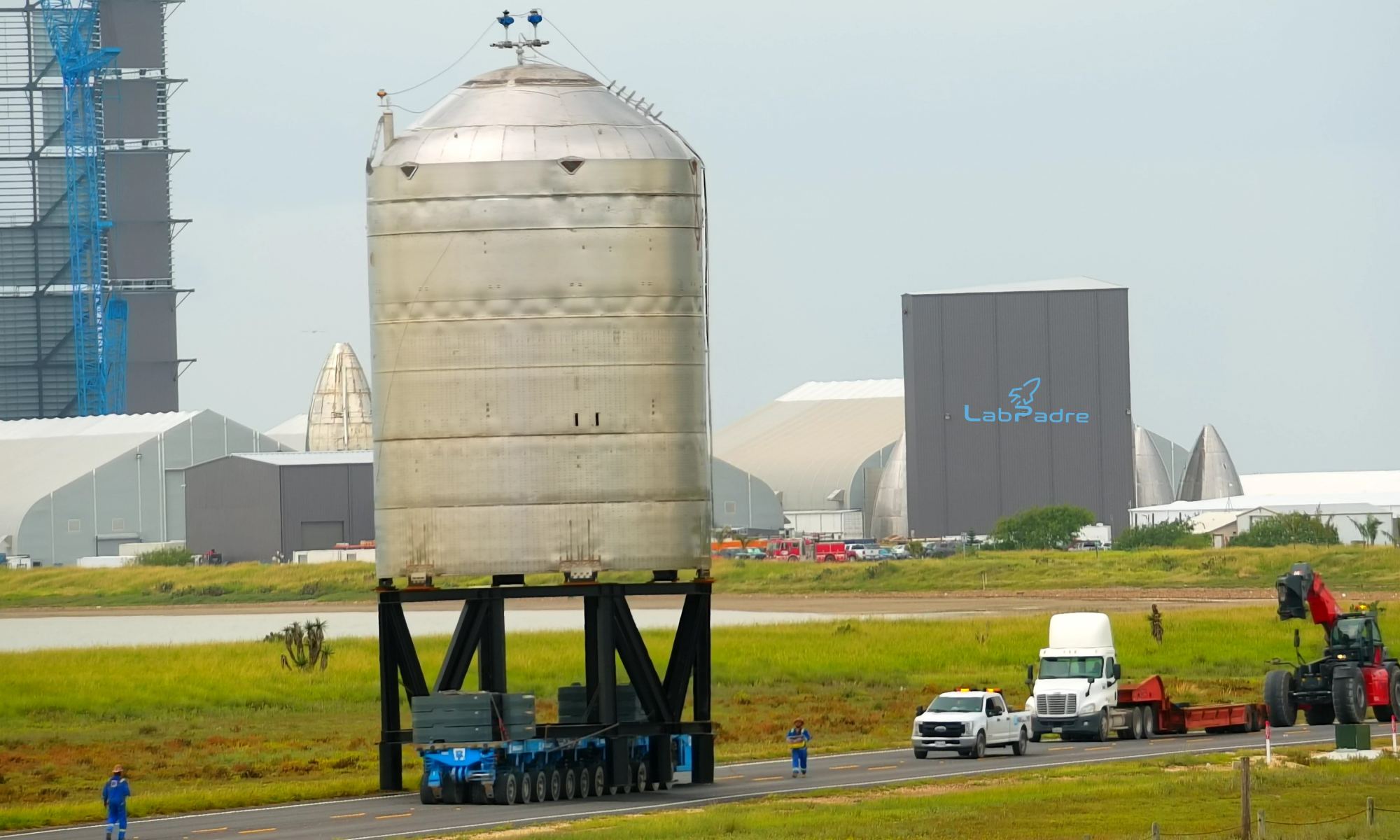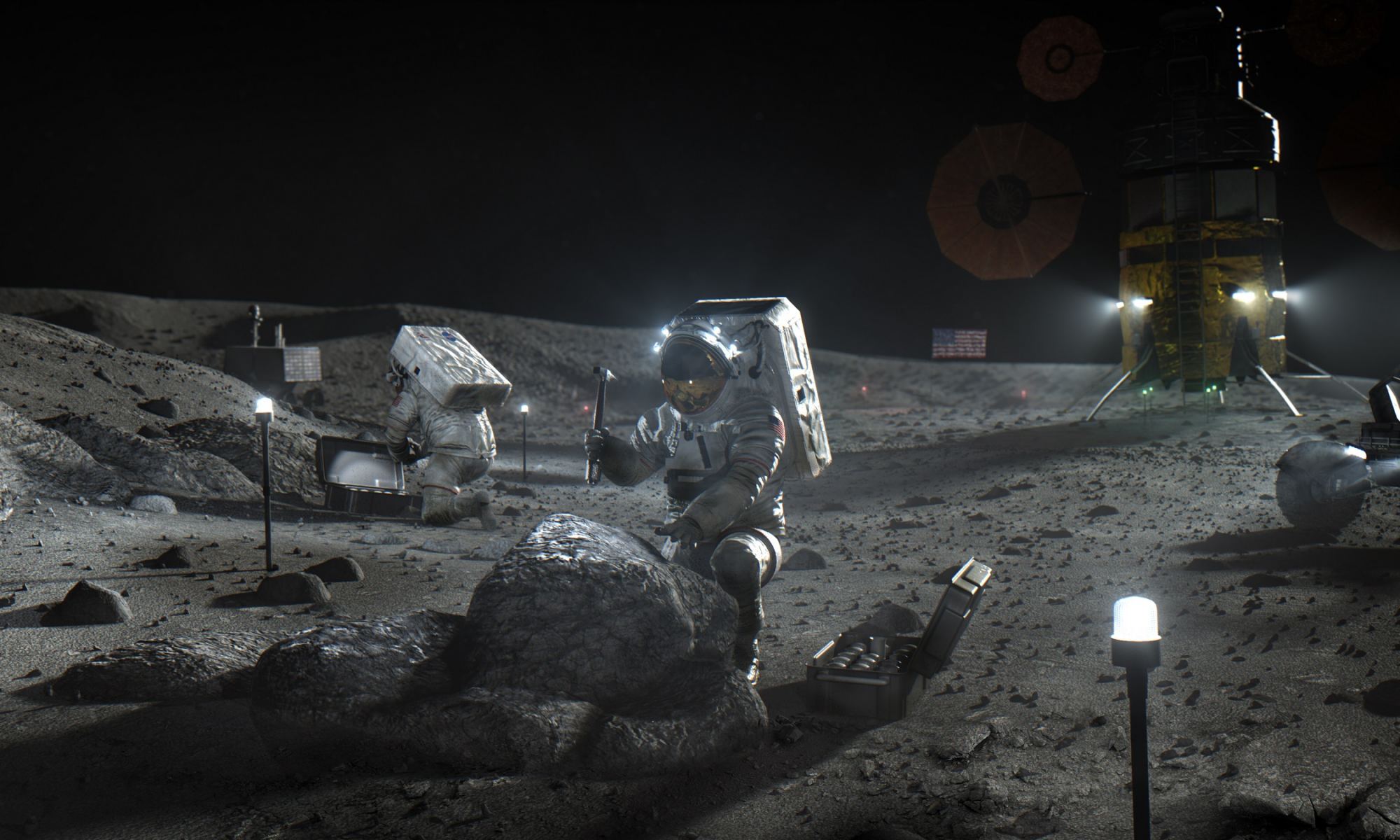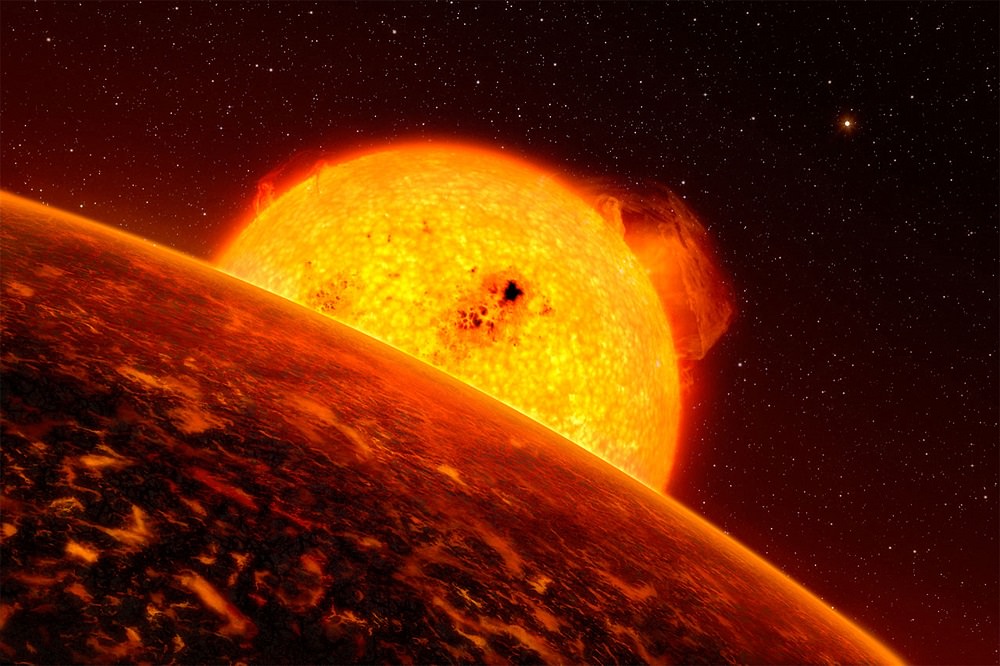Check out this stunning new deep-sky panoramic, and a new light-weight ‘smartscope,’ courtesy of Vaonis.
Smartscopes are coming into their own as a viable and exciting new facet of amateur astronomy. We’ve recently reviewed Unistellar’s evScope, and Vaonis’s Stellina telescope. Both are compact, smartphone-controlled telescopes that put simple deep-sky imaging within the user’s grasp.
Now, Vaonis is upping their game. The company recently released a sneak peek at a new upgrade to Stellina’s capabilities, and a new Kickstarter for a compact, lightweight version of the telescope, known as Vespera.
Continue reading “An Amazing Sky Mosaic Courtesy of Stellina…and a New Telescope from Vaonis”
